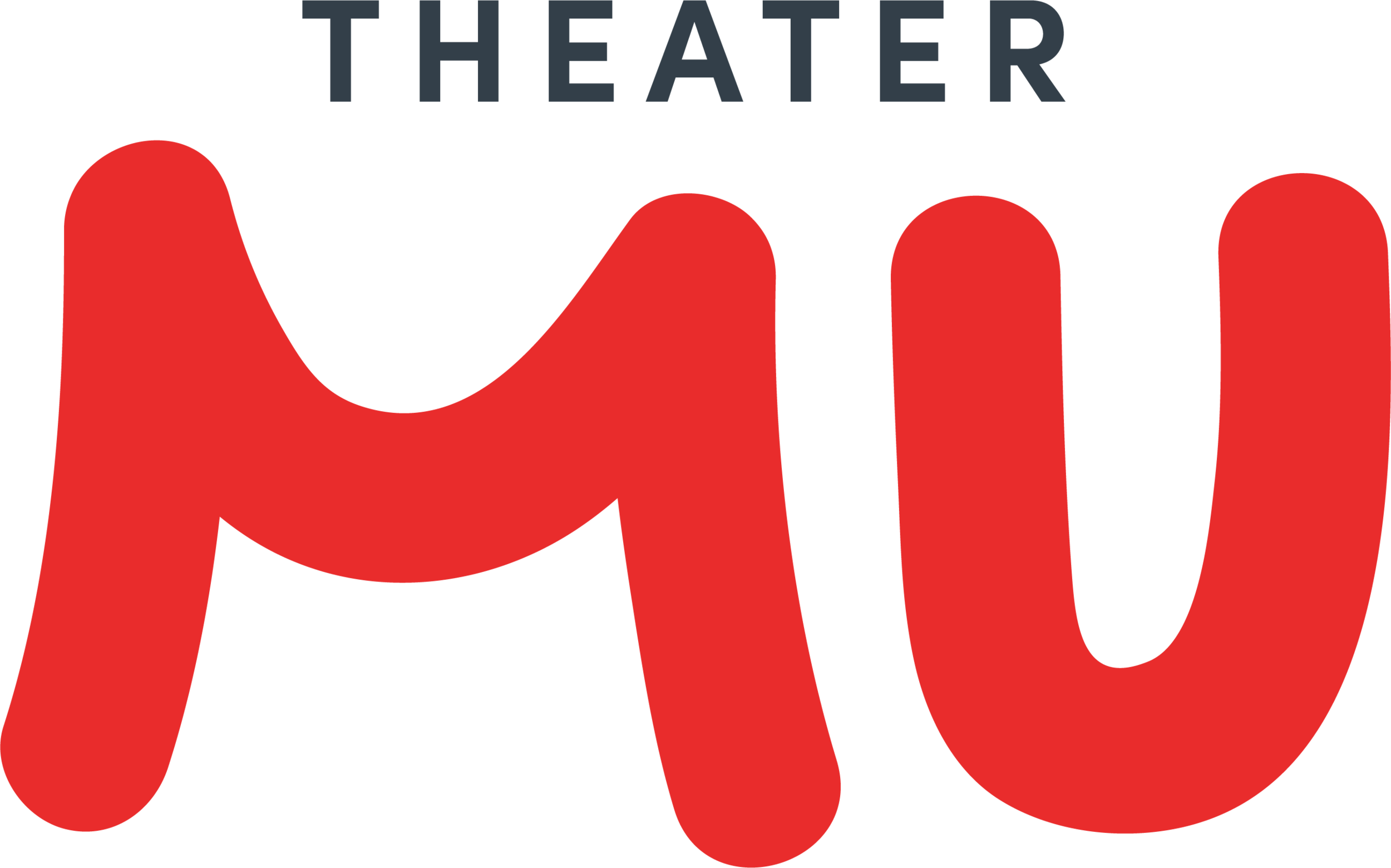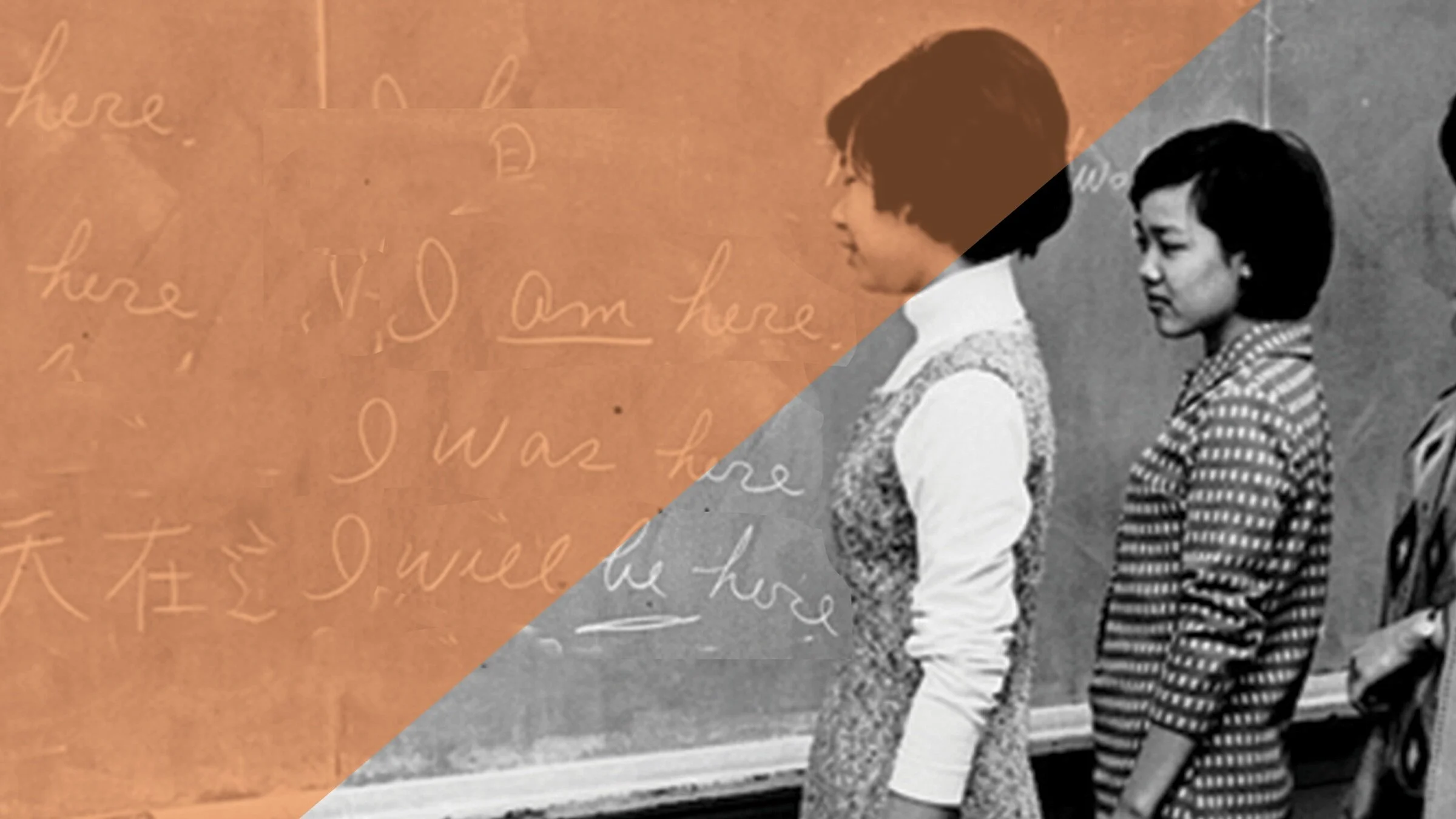How we use cultural appropriation to critique and dismantle stereotypes
Notes and research by Annie Jin Wang, dramaturg of peerless
—
STEREOTYPE: a widely held but fixed and oversimplified image or idea of a particular type of person or thing.
As much as peerless is a cautionary story about the risks and rewards of modern teenage ambition, it also peels back the layers of our society for a look at the complex ways in which how individuals of all different identities are perceived can shape the paths they take through the world.
Our production of peerless explores what cultural appropriation looks like at all levels, from the casual to the grotesque. Though cultural appropriation has been a buzzword in our zeitgeist for a number of years now, it--like all forms of discrimination--is predicated on two major aspects: ownership and power. Ownership is adopting an aspect of a culture not your own, removing it from its cultural or spiritual context. Power is when an individual or group of people from the dominant culture adopts images or cultural aspects of a marginalized community, contributing to their systemic oppression by controlling how their group is perceived.
In the second half of the play, we see one of the twins projecting her vision of how Native visual motifs are appropriated, distorted, and reflected through the use of clothing. In the script, the stage direction states that a character appears,
“Dressed in a full Native American costume [or at least an uneducated high school student’s pretty offensive idea of a full Native American costume]. A headdress made of black feathers.”
While the moment is meant to reflect the ignorance of the non-Native characters, it was important to us that as non-Native theatremakers of color, we did not thoughtlessly perpetuate harmful stereotypes due to the general lack of knowledge around the significance of certain sacred imagery.
For example, the use of Plains Tribes regalia, such as the warbonnet, as a fashion item is one of the most common examples of cultural appropriation. Warbonnets are prized sacred objects with great spiritual meaning bestowed as gifts upon elder male members of a tribe. When replicated and worn by non-Native individuals for festivals and sporting events, we disrespect the customs of and exert violence on our Native community. Under no circumstances would any character or actor in this production have the right to wear such an item, so we sought an artistic solution for a headpiece that would play on audience expectations without disrespecting the iconography of the Plains Tribes.
Most of the time, cultural appropriation is not done with malicious intent, or even awareness, but going forward we must consider the impact of our actions on members of our community. We hope that by putting these images on stage in a way both playful and threatening, audiences will be encouraged to reflect on their own perceptions and behaviors around cultural appropriation.
FOR MORE INFORMATION on common issues in representation and appropriation facing indigenous communities across North America that are also touched upon in peerless, here are some resources that aided us in the development of this production. Our friends at New Native Theatre have recommended that audiences prioritize resources by Native creators; those have marked with an asterisk (*). Just as Mu works to debunk the myth of the Asian monolith, please remember that members of different tribes speak and write from their own experiences.
* Sarah Agaton Howes, Heartberry
Think Before You Appropriate: Things to know and questions to ask in order to avoid misappropriating Indigenous cultural heritage. Intellectual Property Issues in Cultural Heritage Project, Simon Fraser University, 2015.
Brook Jarvis, “The Disenrolled: Who Decides Who Counts as Native American?”, The New York Times Magazine, January 18, 2017.
* Adrienne Keene, Native Appropriations
* Jessica R. Metcalfe, Beyond Buckskin: About Native American Fashion
* Debbie Reese, “‘Multiracial’ identity and American Indians”. American Indians in Children’s Literature, March 30, 2011.
Kat Chow and * Elizabeth Rule, “So What Exactly Is ‘Blood Quantum’?”, The Code Switch Podcast, February 9, 2018.
* Chelsea Vowel, “Indigenous Issues 101”, âpihtawikosisân, 2011-
—
RELATED RESOURCES
INTERSECTIONALITY
Word We’re Watching: Intersectionality” by Merriam-Webster
“The origin of the term ‘intersectionality’” by Merrill Perlman for the Columbia Journalism Review
ASIAN AMERICAN ISSUES
“The Model Minority Myth” in The Practice: Asian Americans In The Law
“‘Model Minority’ Myth Again Used As A Racial Wedge Between Asians And Blacks” by Kat Chow, NPR Codeswitch
“Where Does Affirmative Action Leave Asian-Americans?” by Jay Caspian Kang, The New York Times Magazine

